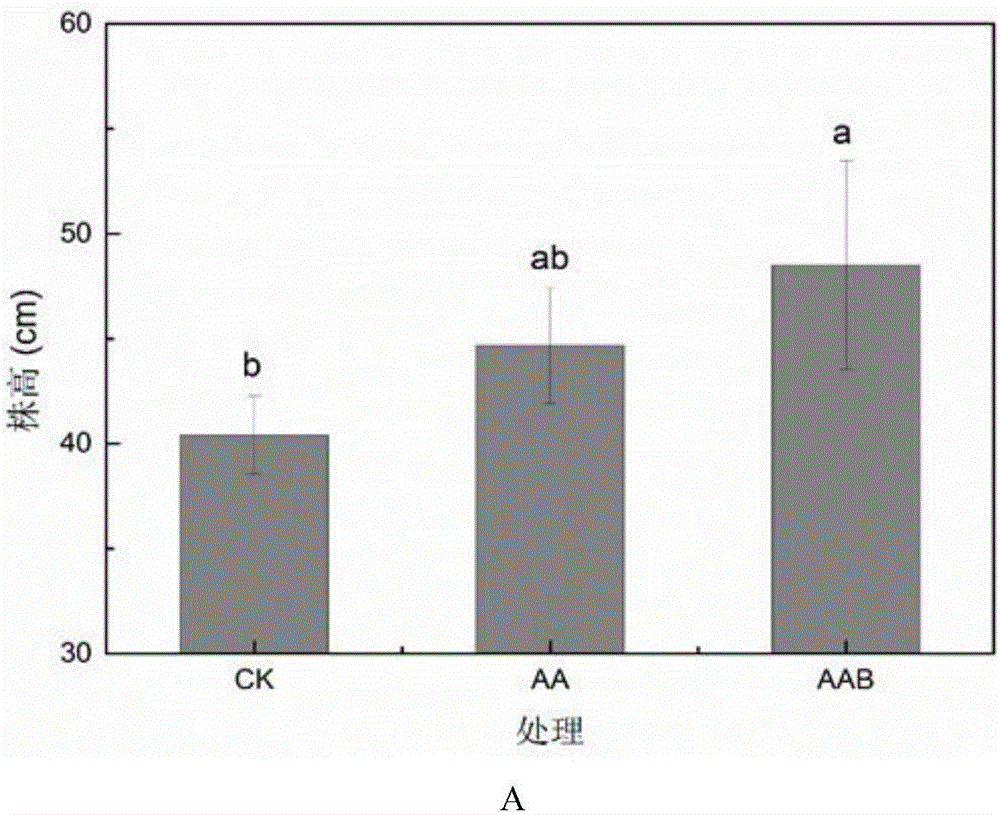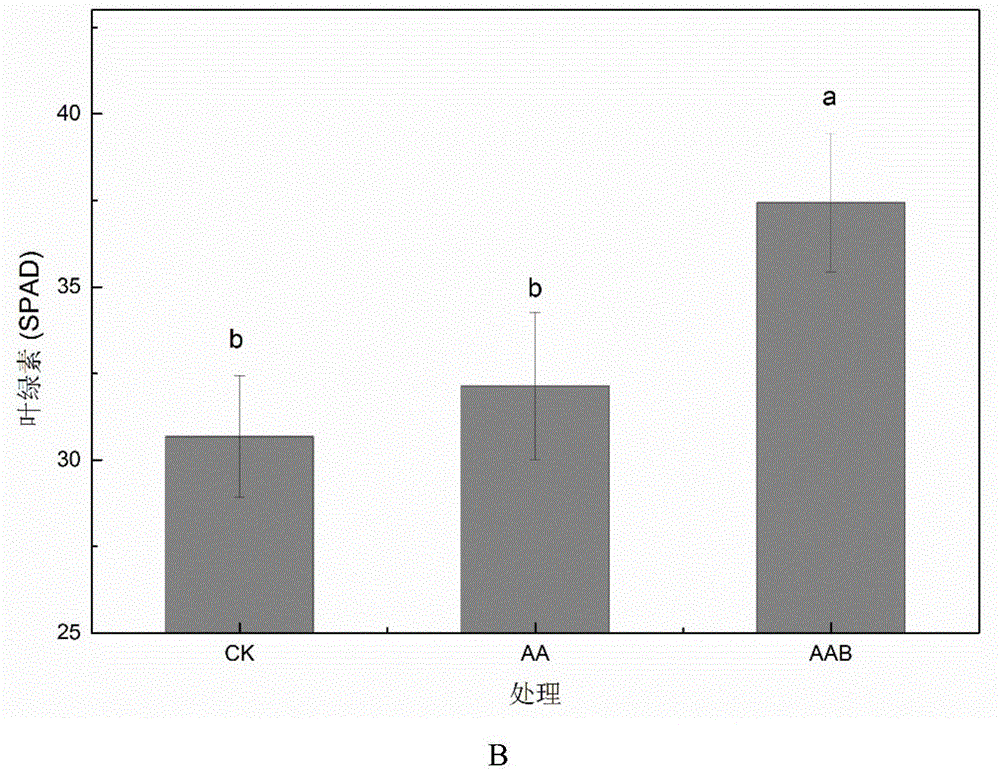Biological surfactant produced by Enterobacter hormaechei and applications thereof
A technology of Enterobacter hallii, biological surface, applied in the application, microorganism, microorganism and other directions, can solve the problems of pollution, environmental pollution, etc., to achieve the effect of promoting absorption, improving absorption efficiency, and preventing retention
- Summary
- Abstract
- Description
- Claims
- Application Information
AI Technical Summary
Problems solved by technology
Method used
Image
Examples
Embodiment 1
[0033] 1. Observation of NJAU B4 strain
[0034] The colonies are round, with smooth and raised surfaces. The edge is smooth, the colony is white and slightly transparent, and does not produce pigment; the bacteria have flagella, are short rod-shaped, Gram staining is negative, and do not produce spores.
[0035] 2. Preparation of Seed Solution
[0036]Use a 250mL Erlenmeyer flask to pack 20%-30% (v / v) liquid LB medium, use a flame-sterilized inoculation loop to pick up a small amount of NJAU B4 bacteria preserved in a test tube, shake it in the Erlenmeyer flask Bacteria enter the liquid culture medium. Put the inoculated Erlenmeyer flask into a shaking incubator, the condition is 37°C, the rotation speed is 170rpm, and the cultivation time is about 24h.
[0037] Both the LB medium and the fermentation medium were sterilized at 115°C for 30 minutes in a high-temperature steam sterilizer.
Embodiment 2
[0038] The optimization of the production condition of embodiment 2 tensio-active agent
[0039] 2.1 Days optimization experiment
[0040] In order to determine the optimal number of days for fermentation, various indicators of the fermentation broth are measured. Original fermentation medium formula: NaNO 3 4.0g / L, CaCl 2 ·H 2 O 0.1g / L, NaHPO 4 2H 2 O 3.0g / L, KH 2 PO 4 3.0g / L, MgSO 4 ·7H 2 O0.2g / L, yeast extract 2.0g / L, glycerol 3% (v / v), 2mL trace element solution per liter of fermentation medium; wherein trace element solution formula: NaMoO 4 2H 2 O 0.05g / L, FeCl 3 ·6H 2 O 0.08g / L, ZnSO4 7H 2 O 0.75g / L, CoCl 2 ·6H 2 O 0.08g / L, FeSO 4 ·7H 2 O 0.5g / L, CuSO 4 ·5H 2 O 0.075g / L, MnSO 4 ·H 2 O 0.75g / L, H 3 BO 3 0.15g / L. The number of days of fermentation is optimized with the pH, OD600 of the fermentation broth, the surface tension value of the supernatant after removing the bacteria, and the dry matter weight of the bacteria. The experimental results...
Embodiment 3
[0048] Embodiment 3 Surfactant yield measurement
[0049] 3.1 Determination of direct freeze-dried content
[0050] Measure 1000mL of the supernatant, divide it into 8 tissue culture bottles that have been weighed, pre-freeze in a -80°C refrigerator for 4 to 5 hours, and freeze-dry in a freeze dryer. After lyophilization, its weight was weighed, and it was measured that there were 12.14 g of lyophilized substance in 1 L.
[0051] 3.2 Determination of minimum surface tension value of aqueous solution
[0052] Dissolve 10g of lyophilized product in 10mL of water, measure the surface tension value of the solution with a platinum ring surface tensiometer at room temperature 20°C to 34.14mN / m, then add 1g of lyophilized product, and continue the measurement, the value does not become lower.
[0053] 3.3 Determination of purer surfactant
[0054] (1) Extraction: adjust the pH of the supernatant to 2.0 with 1mol / L HCl solution, then extract with a 2:1 (v / v) mixed solvent of chloro...
PUM
| Property | Measurement | Unit |
|---|---|---|
| Surface tension value | aaaaa | aaaaa |
Abstract
Description
Claims
Application Information
 Login to View More
Login to View More - R&D
- Intellectual Property
- Life Sciences
- Materials
- Tech Scout
- Unparalleled Data Quality
- Higher Quality Content
- 60% Fewer Hallucinations
Browse by: Latest US Patents, China's latest patents, Technical Efficacy Thesaurus, Application Domain, Technology Topic, Popular Technical Reports.
© 2025 PatSnap. All rights reserved.Legal|Privacy policy|Modern Slavery Act Transparency Statement|Sitemap|About US| Contact US: help@patsnap.com



